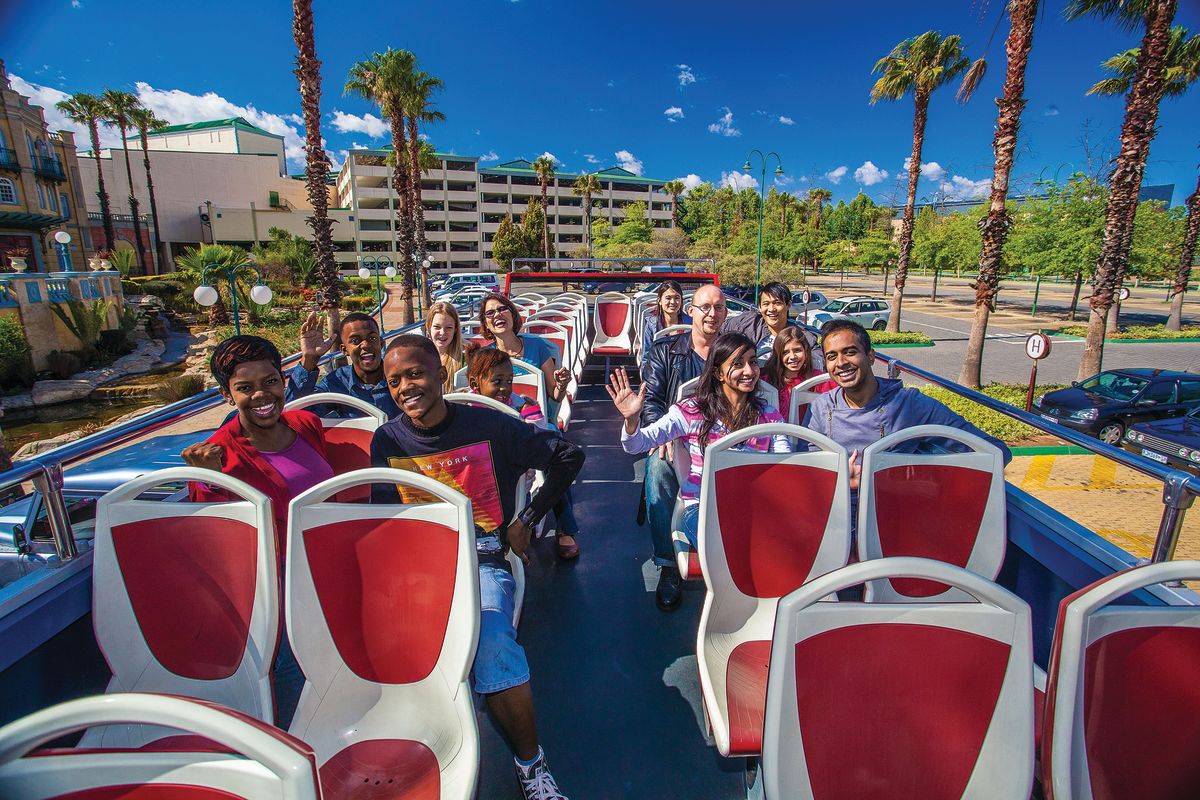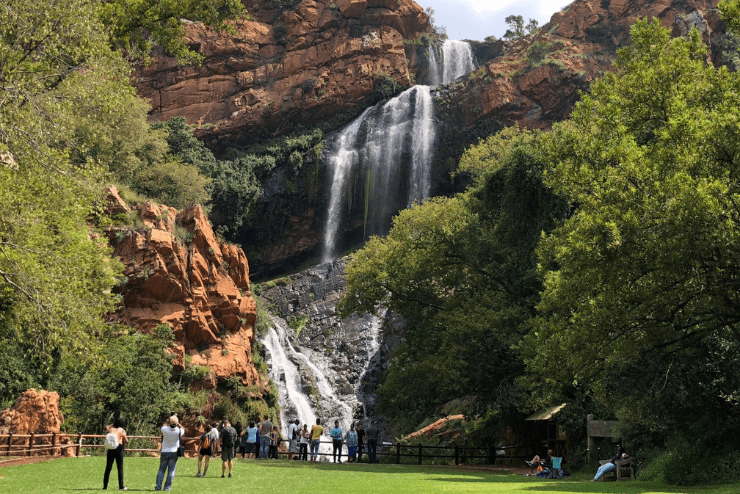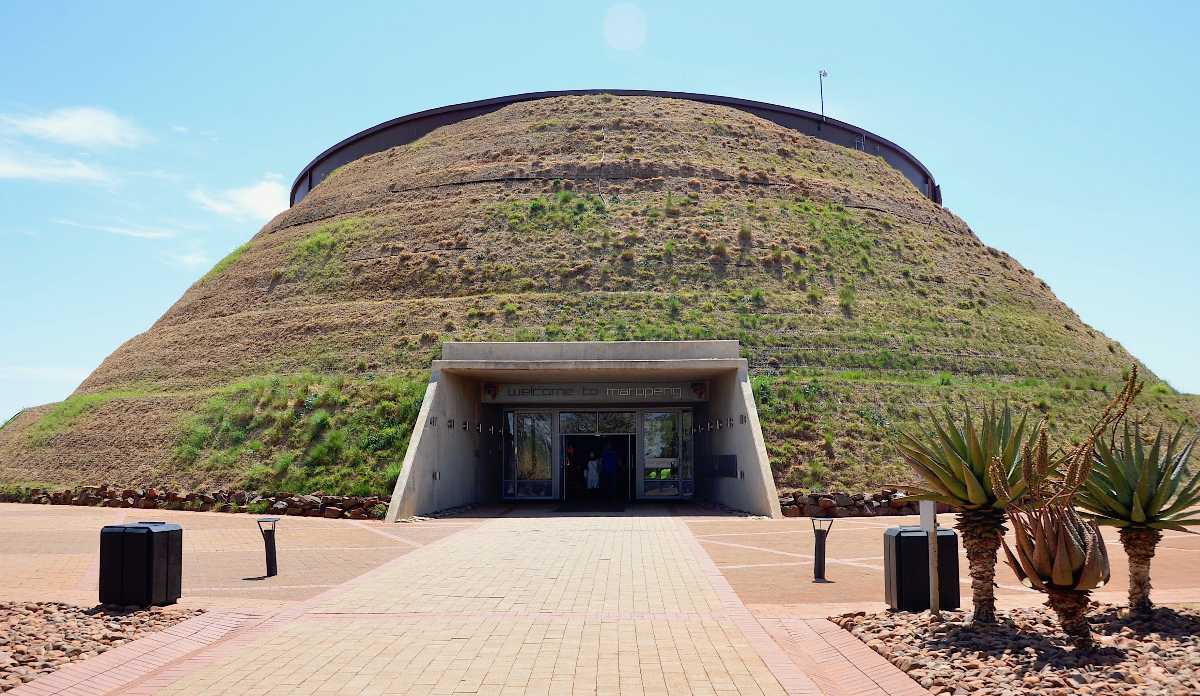The Ultimate Guide To Johannesburg North Attractions
The Ultimate Guide To Johannesburg North Attractions
Blog Article
The 8-Minute Rule for Johannesburg North Attractions
Table of ContentsJohannesburg North Attractions Can Be Fun For EveryoneSee This Report about Johannesburg North AttractionsFacts About Johannesburg North Attractions RevealedEverything about Johannesburg North AttractionsSome Known Incorrect Statements About Johannesburg North Attractions Some Known Details About Johannesburg North Attractions Johannesburg North Attractions Things To Know Before You Buy
Nevertheless you need to maintain protection in mind and visitors must continue to be sharp whatsoever times when in unknown environments. Speak with the residents when you are in community to learn about the area you are remaining in. Johannesburg North attractions. When on the road (this does not apply to shopping malls and various other secure atmospheres) best general recommendations is to try your ideal to appear like a regional and to stay clear of showing any kind of type of riches
Unknown Facts About Johannesburg North Attractions
Professor Revil Mason O. J. (Thomson, 1946) discovered the Witwatersrand's pre-colonial history. His archaeological job took off the 'em pty land' misconception, according to which the region was without human habitation prior to the arrival of European inhabitants. In his publications Prehistory of the Transvaal: A Document of Human Task (1962) and Origins of Black People of Johannesburg and the Southern Western Central Transvaal AD 3501880 (1986 ), Teacher Mason showed the degree of social and financial growth in the area before Europeans set foot below.

Get This Report on Johannesburg North Attractions
In 1878, David Wardrop found gold in quartz blood vessels at Zwartkop, north of Krugersdorp. In 1881, Stephanus Minnaar came across gold on the ranch Kromdraai, near the Cradle of Mankind.
In March 1886, a protrusion (soon to be called the Key Reef) was located, quite luckily, on Gerhardus Oosthuizen's farm Langlaagte. Some claim that the Lancastrian coal miner George Pedestrian discovered this reef. An additional itinerant English prospector, George Harrison (that had previously operated in Australian mines) acquired a prospecting licence in respect of Langlaagte in Might 1886.
He decided to go on in a mission for greener pastures, and disposed of his Langlaagte insurance claim for the baronial amount of 10. Alas: below lay the richest goldfield ever located. The exploration of this rich auriferous weblink coral reef provoked a gold thrill that signalled completion of agrarian serenity in the southerly Transvaal.
It would certainly, within six years, become the biggest community in southerly Africa. Within a years, it would make the Z. A. R. up until then an anarchical and insolvent little state the wealthiest country in Africa. By the millenium, the Z. A. R. was to surpass Russia, Australia and the USA of America to end up being the world's leading gold producer, creating more than a quarter of the globe's gold.
An Unbiased View of Johannesburg North Attractions
It was referred to as Ferreira's Camp, called after Colonel Ignatius Ferreira. He was a Boer adventurer upon whom the British authorities had presented the condition of Buddy of one of the most Differentiated Order of St Michael and St George (qualifying him to the post-nominal letters C. M. G.) in gratitude for his duty in the war that had actually deposed the Pedi king Sekhukhune in 1879.
Two other camps were developed: Meyer's Camp on the farm Doornfontein, and Paarl Camp. The latter was nicknamed Afrikander Camp; numerous people from the Cape Swarm worked out there.

Some Known Details About Johannesburg North Attractions
This name gained money by word of mouth, such that the State Secretary affirmed the name to the Get More Information Mining Commissioner on 9 October 1886. Stands in the town were auctioned on 8 December 1886. While some stands were cost 10, others were torn down for as low as sixpence.
Two years later, these erven were to alter hands for as much as 750 each. The tented camps decreased as a dorp of corrugated iron structures established and broadened north of the mines situated along the Main Reef Road. Locations such as Jeppe's Town (where working-class this post immigrants erected their homes) and Doornfontein (where the upscale new 'Randlords' started to build their extravagant residences) were soon included to the ever-expanding map of the community.
Getting The Johannesburg North Attractions To Work
Apart from the road names, there were no indications of Johannesburg being located in a Dutch-speaking nation., nearly every person spoke English and even the Government slaves addressed one in English, unless they were initial addressed in the Taal (or Reduced Dutch)'.
Britain had an interest in ensuring optimum conditions for gold production on the Witwatersrand, and that the gold was exported to London rather than Berlin a critical rendered all the extra clamant by the Z. A. R.'s raising toenadering with Germany. Mine proprietors got on a clash with President Kruger, whose policy of monopolistic giving ins (often granted to his cronies) protected against mining companies from acquiring materials of materials (particularly dynamite) and labour by themselves, more affordable terms
Some Known Questions About Johannesburg North Attractions.
In 1890, the Volksraad had limited the franchise to white men who had resided in the Z. A. R. for fourteen years or longer, hence disqualifying a lot of the immigrants (that happened to be the major contributors to the fiscus). Frustration for the vote was a simple pretense for advertising a different program; many uitlanders regarded themselves as short-term site visitors and had no objective of continuing to be in the Z.
Report this page